Welcome to “Path to Your Dreams,” the blog series about fascinating and inspirational stories for young pilots trying to figure out their career path. We have talked with an eclectic group of pilots from various walks of life in aviation, to learn about how they followed their dreams in aviation. Here’s a new exciting installment to the series!
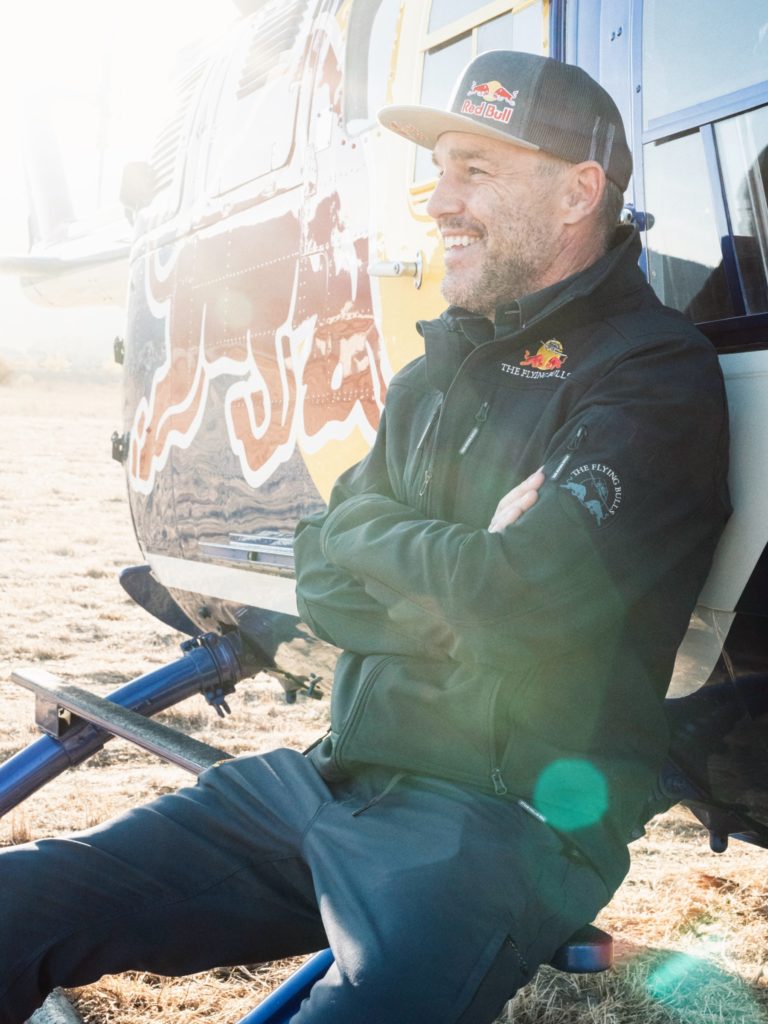
The pilot: Aaron Fitzgerald, helicopter pilot; U.S. Army veteran; aerial filming pilot and airshow aerobatics in the Red Bull Flying Bulls and the U.S.-based Red Bull Air Force; consultant for NASA and Lockheed/Martin; aerial firefighter for the U.S. Forest Service; owner and chief pilot of Airborne Images, Inc., based in Los Angeles, California.
The dream: To be a helicopter pilot.
The path: Aaron Fitzgerald grew up in Wenatchee, Washington, watching firefighting planes and helicopters flying out of the nearby U.S. Forest Service (USFS) tanker base. He enlisted in the U.S. Army during the first Gulf War but was posted to South Korea. His Army time in the air was spent jumping out of aircraft as a paratrooper in the 82nd Airborne Division. When he finished his service in 1994, Aaron was determined to fly helicopters. He says, “I can’t remember making a conscious decision. I just never wanted to do anything else.”
He moved to Los Angeles and started flight training, financing his training partly through his Army education benefit and partly by working three jobs at a time. Civilian helicopter training is expensive (about 3 times the cost of a fixed-wing license), and Aaron says, “I’m asked often how I did that, and the answer is that I don’t know. I just worked as hard as I could, and I paid as I went. It took all of my effort and all of my focus. I had 40.9 hours in my logbook when I landed from my private pilot check ride, so I did not waste one minute of flight time!”
Once Aaron completed his training, the next hurdle was to find work as a helicopter pilot. With no family background in aviation, he wasn’t sure where to start. He points out that there are fewer opportunities for helicopter pilots compared to the fixed-wing world, and it’s more expensive to train, so a higher percentage of helicopter pilots in training are focused on it as a career. “One thing I would say to pilots in training is to just go to the airport and walk around asking questions.”
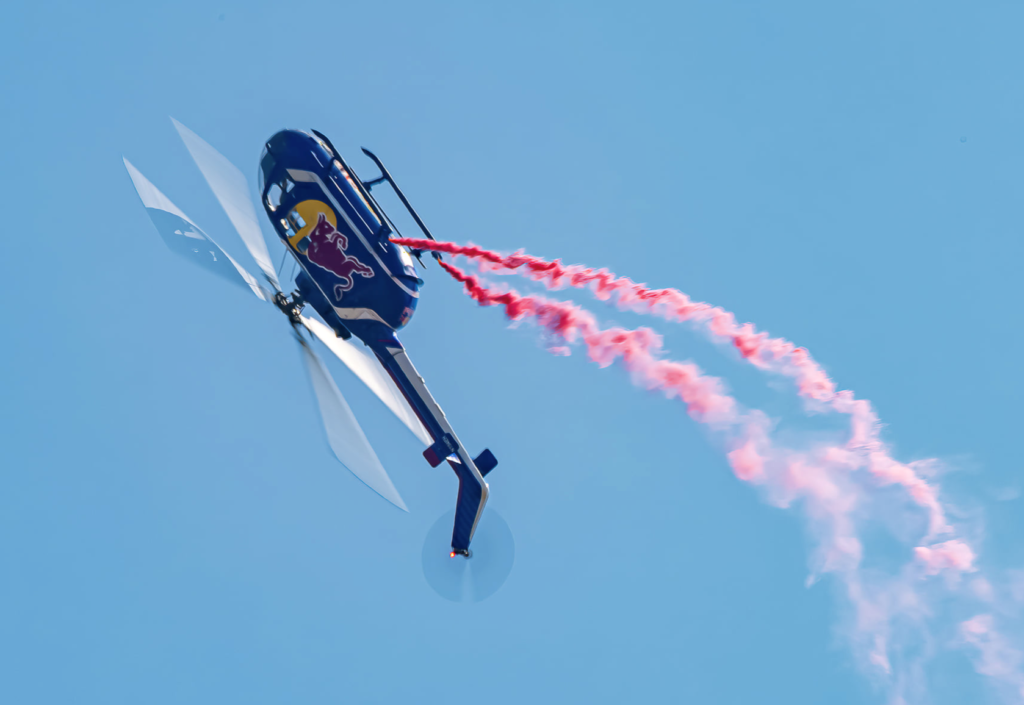
About the time Aaron finished his pilot training, he also had a job working line service at the airport. He noticed that the news helicopter based at the airport was up flying more than all the others combined, so he tried to get a job with that crew. Every day he would show up and be told there was no job for him, so he would spend his own time buffing the hangar floor, washing their cars, and finding a way be useful. Eventually a job opened, and, he says, “When the door opened, I was the one standing there.” At first, he worked as the camera operator, and discovered that he really liked the camera work.
For the first 10 years of his career, Aaron did both camera work and piloting for different operations. He started covering live sports, operating cameras out of blimps, flying for traffic reports, flying news helicopters, and flying for utilities building power lines in the mountains. All along, he combined camera and helicopter work, and that led to his next big adventure. He was working in production filming for Red Bull when they needed a new aerobatic pilot in the U.S. They already knew Aaron’s work and liked him, so he was selected for aerobatics training. “Again, the door opened, and I was the one standing there.”
“I love being able to share what we do with the outside world. Normally, helicopter pilots work in obscurity. Some of the best pilots you’ll ever see are out there building power lines in the mountains somewhere, and no one ever sees what they do and how it helps people. So, I’ve left no stones unturned. To be able to share a little of what helicopters can do with the general public is rewarding. It makes me proud to represent that side of the industry.”
Aaron went into the training with no aerobatics experience, but he says flying utility in the mountains is the best training ground for any helicopter pilot. He trained with Rainer Wilke who brought the aerobatics display program to Red Bull, and Blackie Schwartz. Both are masters of helicopter aerobatics: Wilke was the demonstration pilot for the German Army, flying aerobatics routines in the BO-105 going back to the 1980s, and Blackie Schwartz is a two-time Helicopter Freestyle World Champion and the only Austrian with a civilian helicopter aerobatics license.
And the rest is history. Aaron now performs aerobatic helicopter displays for millions of spectators at airshows throughout North America – stunts he still practices nearly every day. Through his production company, Aerial Images, he has worked on countless film and television productions. He has been aerial coordinator for several world-record aviation projects, he has worked as offshore support and on flight test programs for NASA and Lockheed/Martin, and he still does utility flying and flies UH-60 Blackhawks on firefighting contracts with the Forest Service.
Most memorable flight: “Wow, there have been so many! I’ve gotten to fly offshore and land on ships, and that’s been exciting. I got to perform acrobatics in New York City. I got to work on some record-breaking projects like Red Bull Stratos, where Felix Baumgartner jumped from 128,000 feet. I worked on the Heaven Sent project, where Luke Aikins jumped 25,000 feet with no parachute and landed in a net. “There’ve been a lot of really big days in my career that I look back on fondly. It’s been a long and rewarding journey, that’s for sure!”
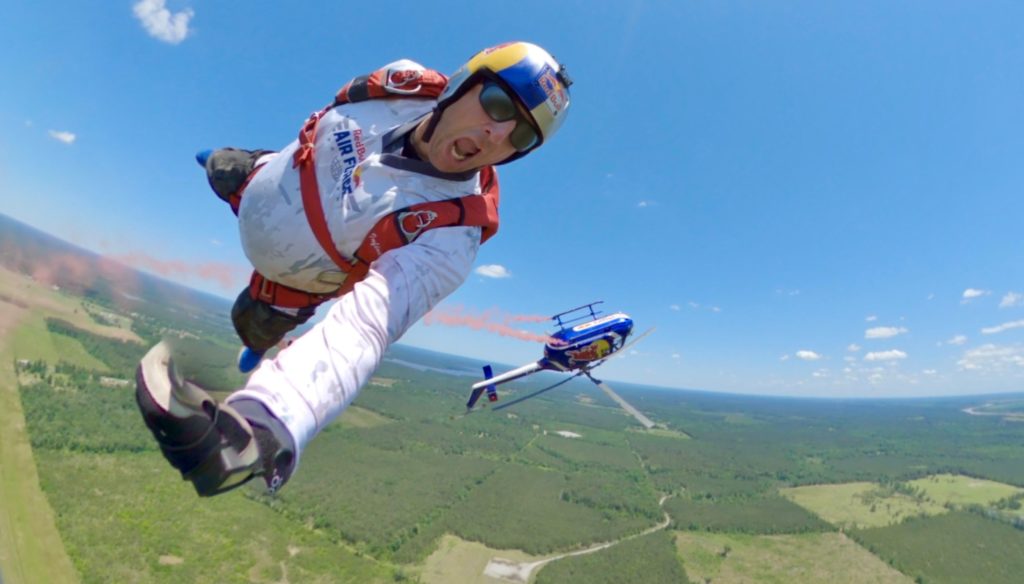
Flights on the bucket list: “We [the Red Bull team] have a couple more big jumps up our sleeve, and a couple more that are just concepts right now. Career-wise, I have to say that I wouldn’t change anything. My approach has always been ‘Just go do it!’ and I’ve left no stones unturned. Honestly, I feel like the luckiest guy in the world.”
Advice for other dreamers: “Always be moving toward your goal. Along with that, try to be even nicer and work harder than the next person. Ours is a small industry, so the more connections you make, the better impressions you leave, the more that helps you in your career. And be easy to get along with because your reputation precedes you. The most important job interview you’ll have in aviation will be the one you’re not present for.”
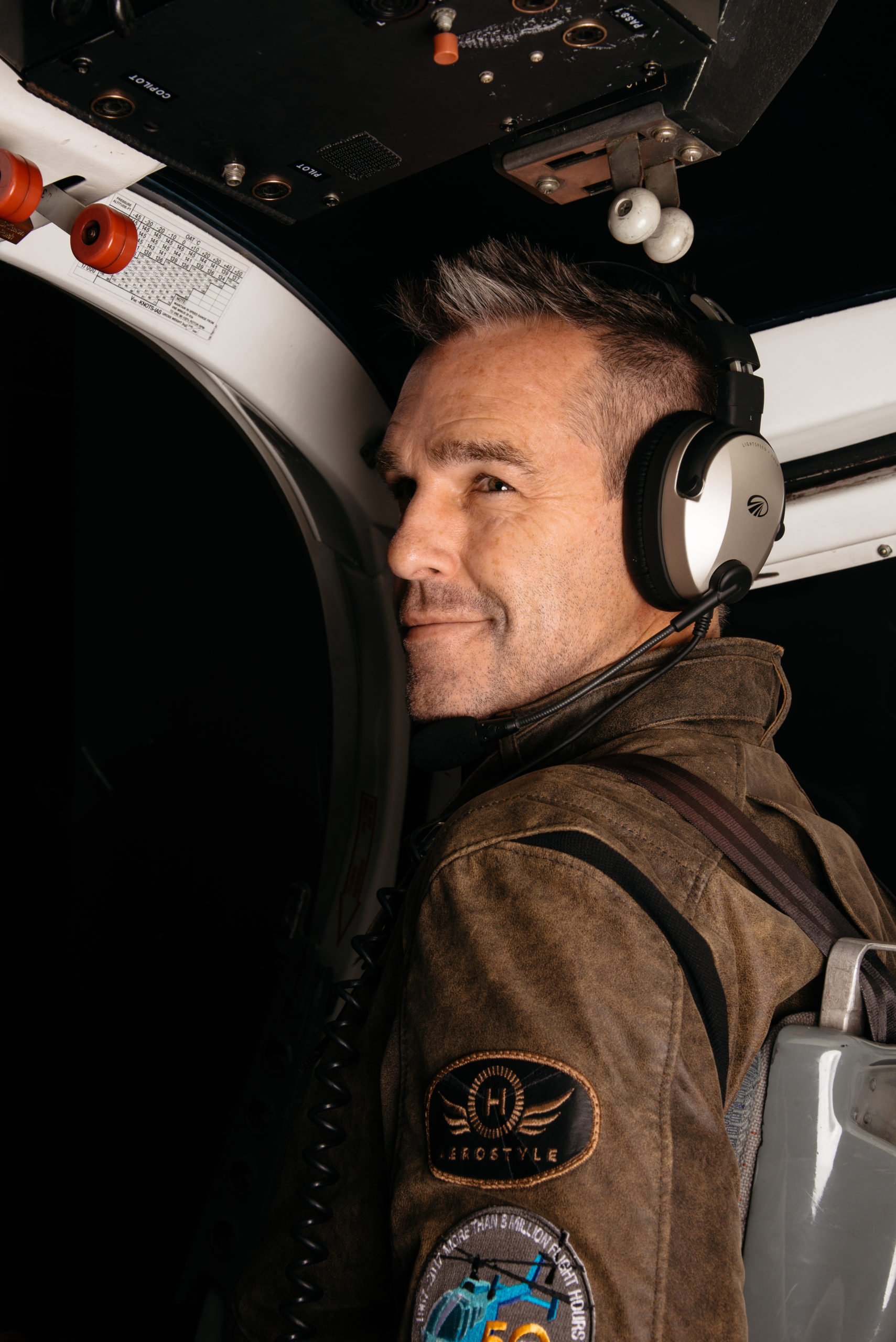
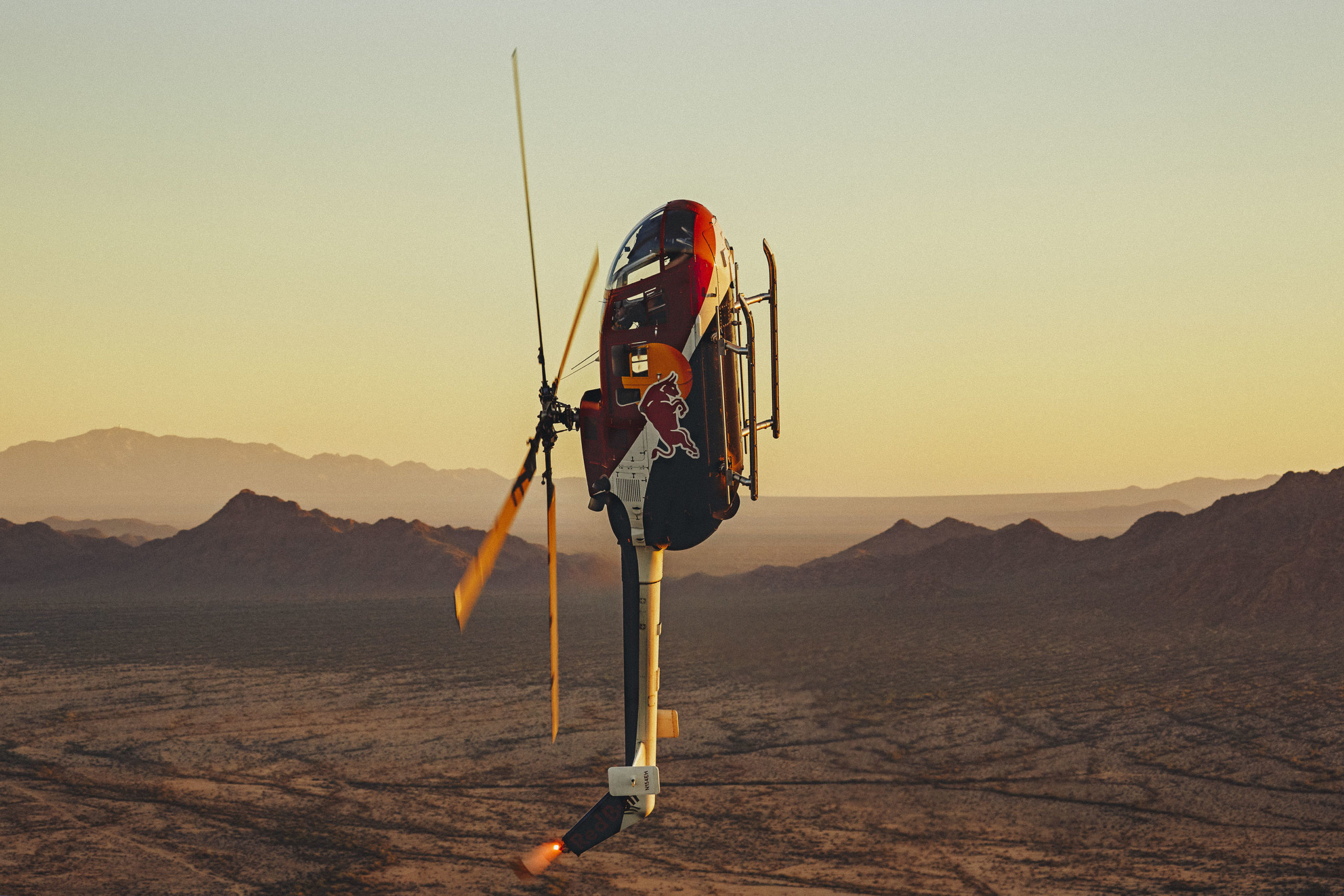
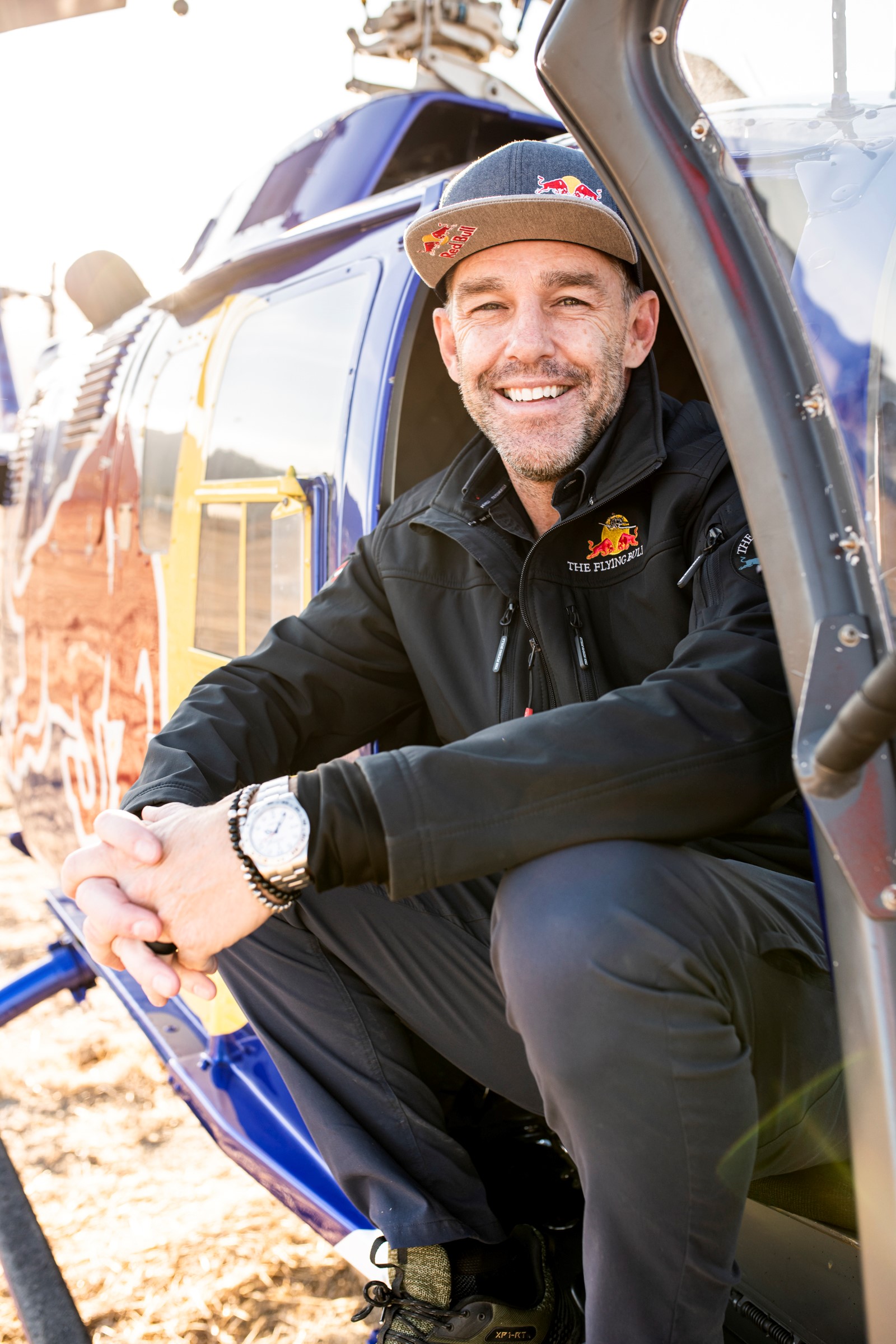
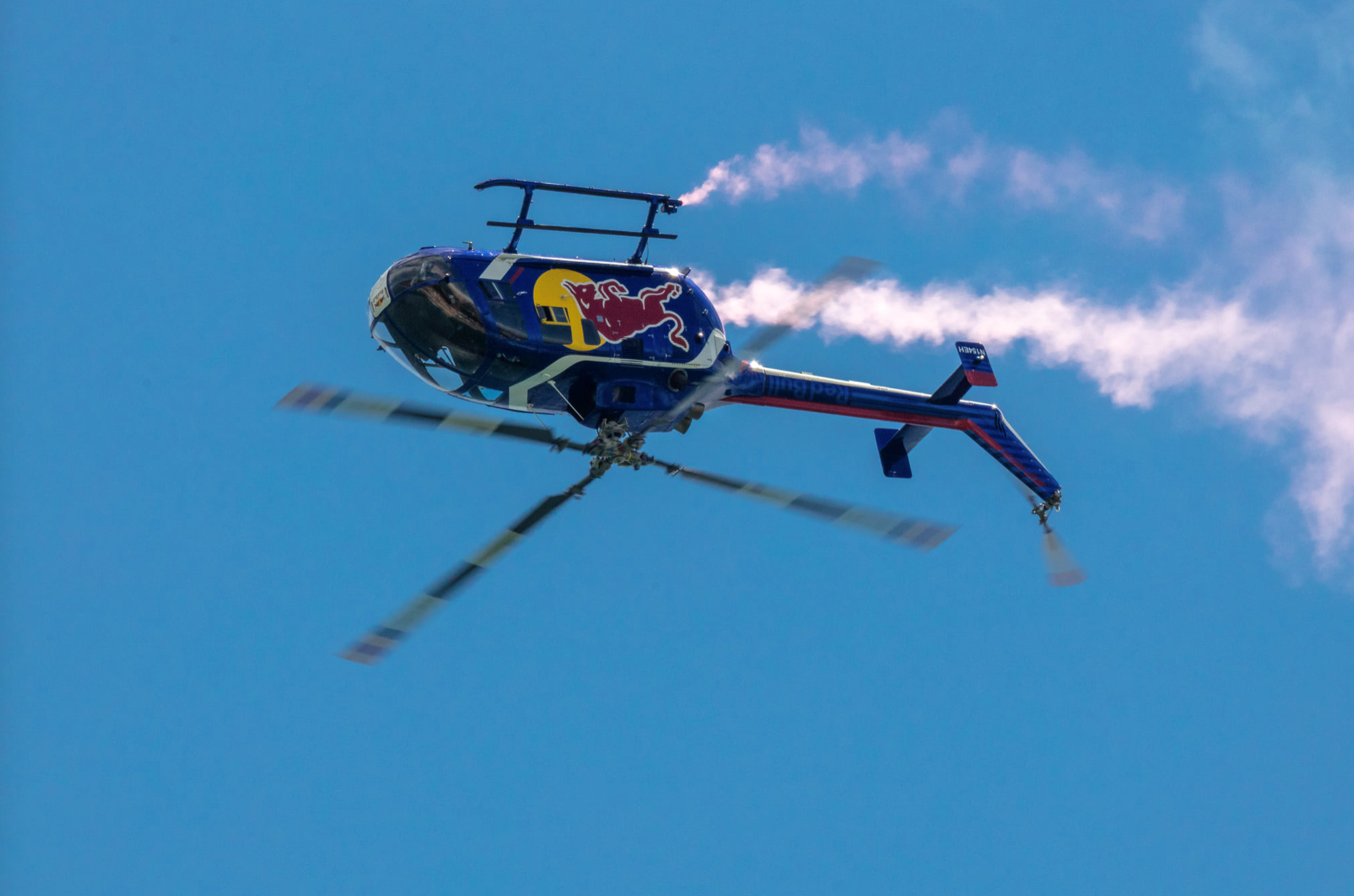
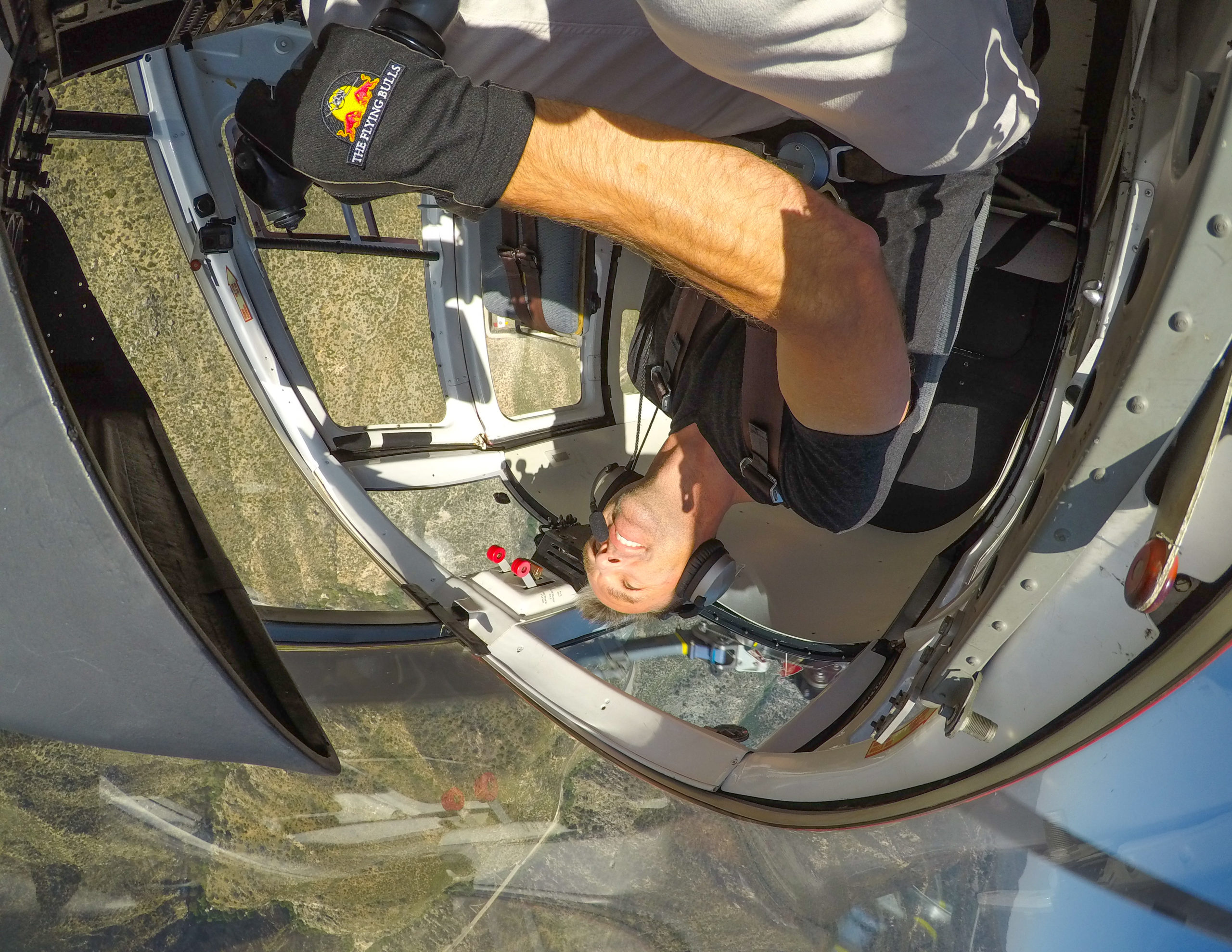

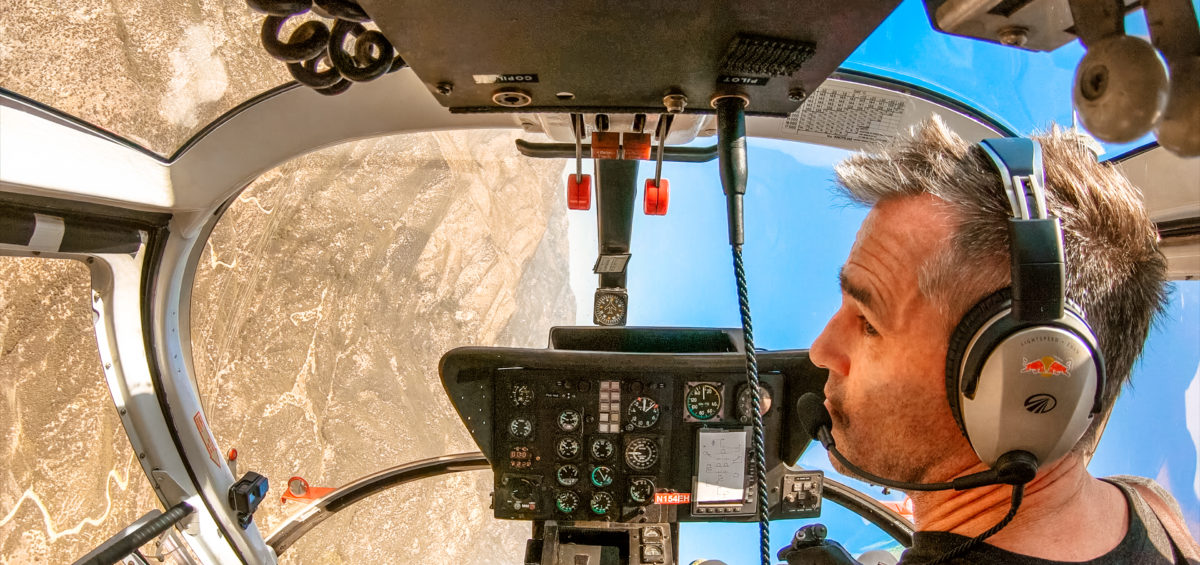
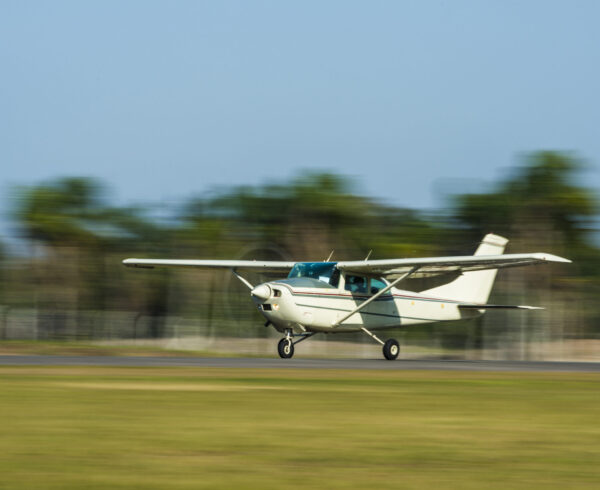
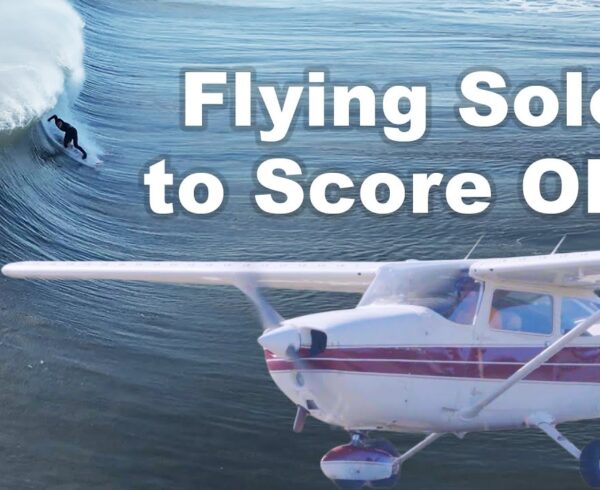
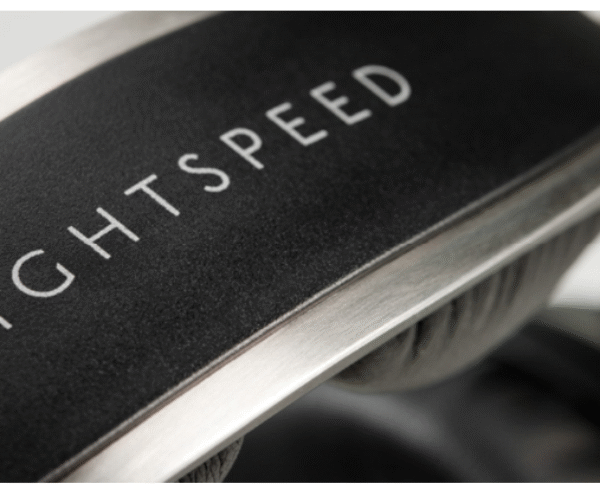
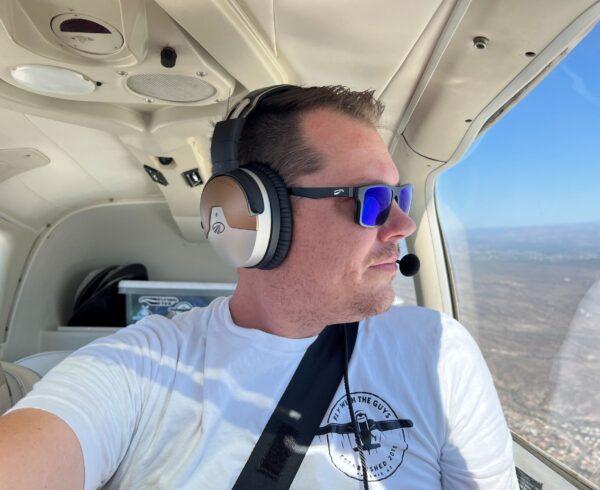
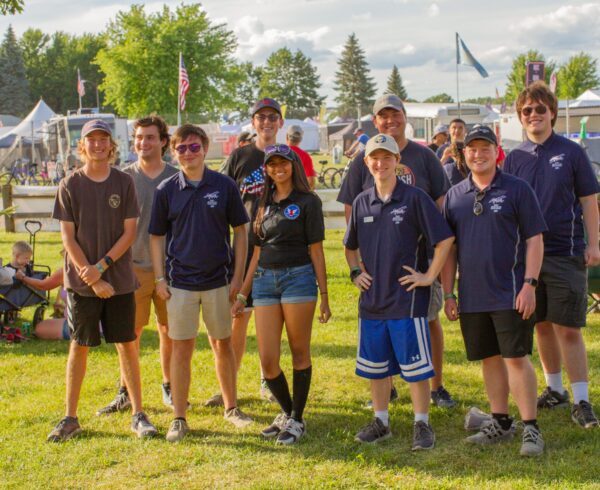





To whom it may concern: my name is Alex Munoz, I just read this incredible article for my good friend Aaron Fitzgerald. I have been so honored to work with him and the Red Bull Air Force team for the past 4 years in the south Florida Airshows. I am the assigned FAA airworthiness inspector that gets to work with him and his team. I have to say that been part of his success has also elevated Aviation safety thanks to his dedication and love for this industry. Thank you for posting this incredible article. Alex Munoz